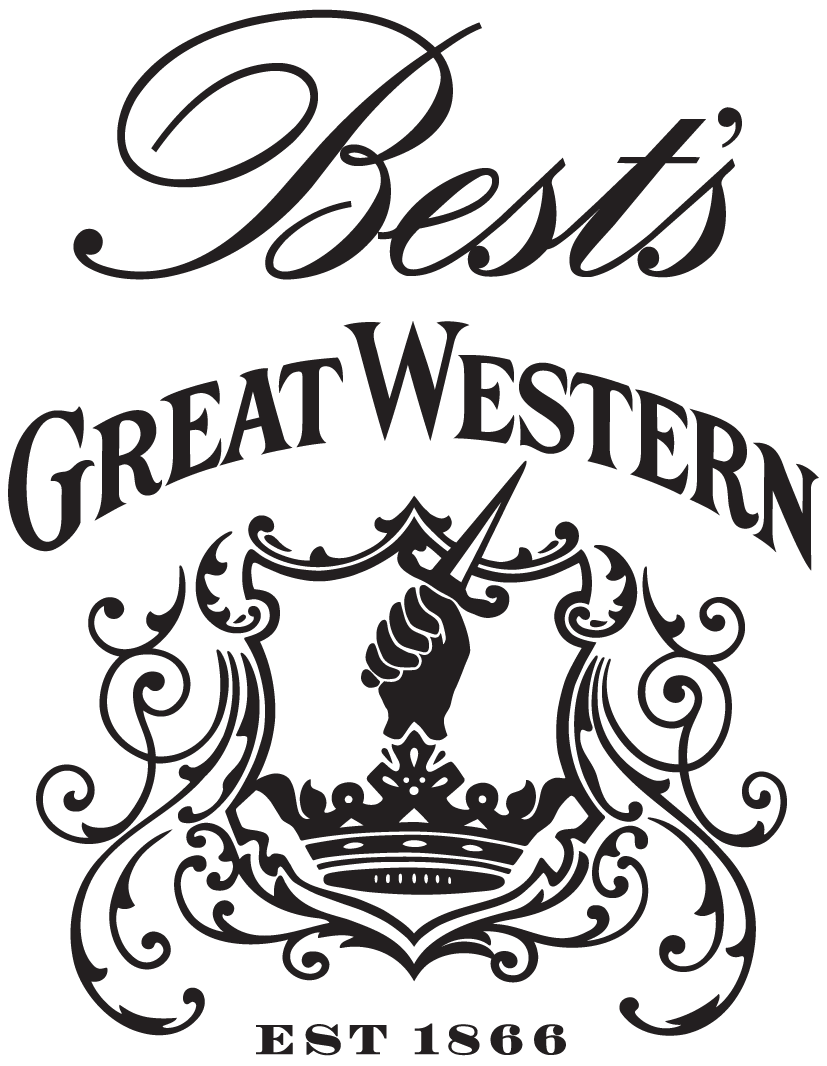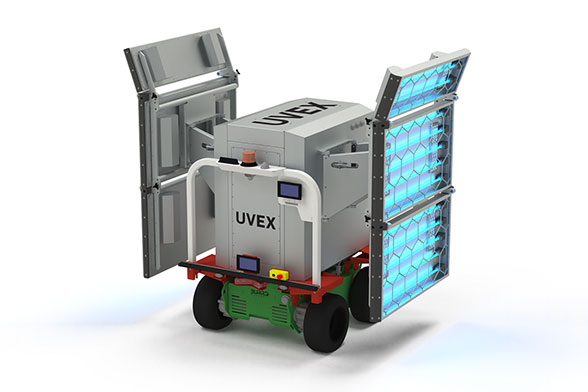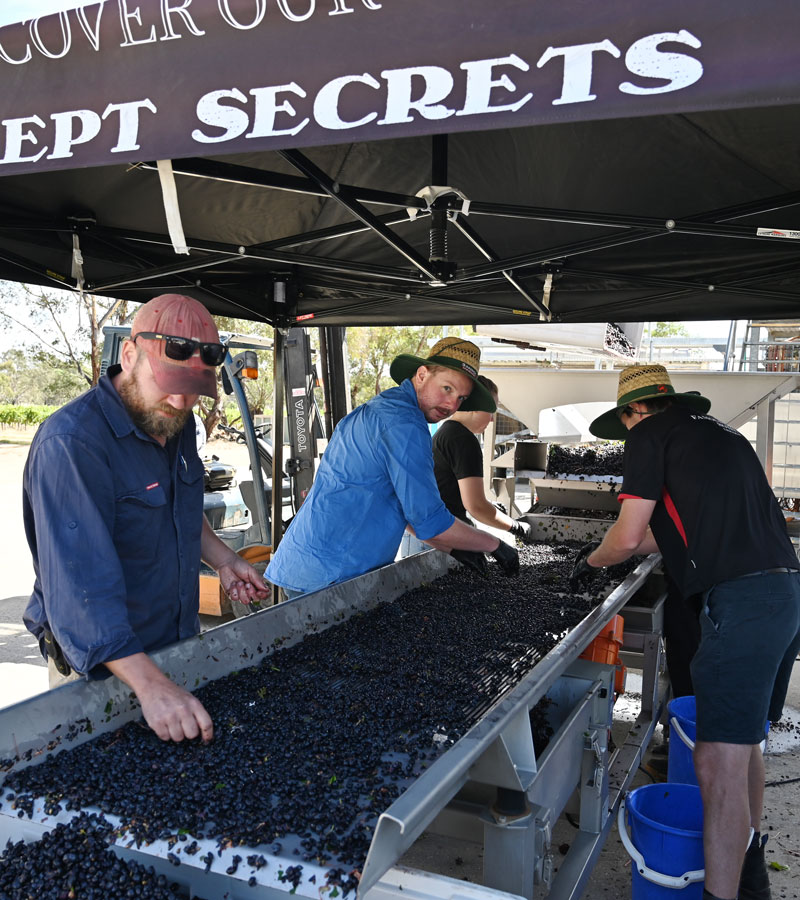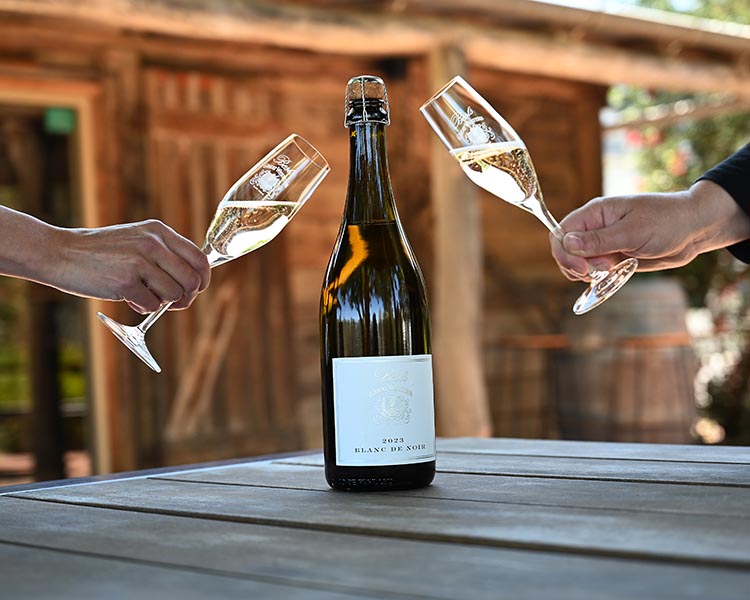Digging the Dirt on Great Western Terroir
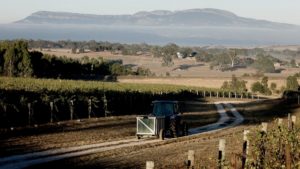
The wine community has an obsession with dirt. Yes, dirt! While it may sound crazy to have such a fascination with soil! It’s part of the essential DNA that differentiates one region from another. Dirt often dictates what varietals can be grown where. When thinking about the wines from Great Western, there’s typically a regional flavour that’s present due to the micro-climate – soil type, typography and temperature. They all have an impact, a phase that the French call ‘terroir’. A natural amphitheatre created by the surrounding ranges helps to ensure that the wines from the Great Western township are very much unique and truly speak of the place in which they were grown.
Great Western forms part of the Grampians Geographical Indicator (GI). While we love being part of the broader region. We thought it was about time to delve into what makes the ‘terroir’ of Great Western so unique.
Great Western
Great Western is a unique part of the Grampians. It is surrounded by hills on all sides, which protect it from extreme weather unlike other parts of the Grampians. Cool air settles into the basin year-round, taking the edge off warm summer nights. The downside of this natural cooling system is the threat of frosts in spring.
The hills shield our vineyards from hot temperatures, and block strong winds and fierce storms. The region enjoys a continental climate with relatively mild, rainy winters and hot, dry summers. Hot afternoons and cool nights make for longer ripening times which builds intensity and flavours.
The soils range from hard-setting silt over clay to friable clay loams. The vineyards retain moisture well, essential in an area with low rainfall. Winemaker Justin Purser says, “Wines from Great Western have often displayed more elegance than the rest of the Grampians.” And these unique set of factors contribute to that.
Great Western has a lot in common with the Old World, especially France. Most of the soils in the hills feature decomposed granite and quartz. These minerals found are similar to Alsace and Hermitage, regions world-renowned for growing riesling and shiraz, respectively.
Our own vineyards show diversity. Allowing us to source parcels of fruit from a range of specific sites to add complexity to our wines. Especially those in the Concongella Collection and Icon ranges.
Concongella Vineyard
The Concongella Vineyard surrounds the winery and it is what you see as you drive up our road to the red gum slab cellar door. Grapes grown here are used in our Icon range. It is divided into the Thomson Family Block, Nursery Block, Bart and Marcus’ Block, and White Gravels Hill Block.
The Thomson Family Block was planted to shiraz in 1868 as was the Nursery Block, which has 42 different varieties. Of course, vine age contributes to the depth and concentration of a wine, but soil type also plays a part. The Thomson Block has a small strip of granite sand running through it over a bed of clay. This further adds to the intensity. It is more difficult to determine the part terroir plays in the Nursery Block as so many different grape types are grown here.
Bart and Marcus’ Block is all planted to shiraz. Bart was planted in 1966 on deep clay with small alluvial deposits. Grapes from here make up the backbone of the Bin No. 0 providing intense aromatics, concentrated fruit flavours and elegant floral notes. Marcus’ Block was planted in 1970 on alluvial loams over clay. Fruit from this block gives the power to the Bin No. 0 thanks to its bold flavours of peppery spice.
The White Gravels Hill Block, planted to shiraz, has a top soil of white quartz and granite gravel over granite bedrock. The white gravel gives the wine its intensity. This part of the vineyard is protected from frost, unlike much of Concongella. Grapes from here go into the Bin No. O and give it its peppery aromatics and flavours.
Rhymney
Best’s vineyard at Rhymney is called Salvation Hill and is 11 kilometres from our cellar door, but still within Great Western. It has a higher elevation at 330-350 metres above sea level and it is at low risk from frost. It is, however, cooler than Concongella and is therefore picked later. Soils here are deeper with more clay and large bits of quartz and some siltstone. It gives a more steely flavour to riesling, along with lime leaf, than at Concongella, which is more mineral and lemony. As for shiraz and pinot noir, it gives fine acidity and cool-climate characters such as spice.
The soil in which grapes are grown influence the flavour of the resulting wine. But it is not just the soil type, the climate and typography unique to the Great Western also play a big part. It is impossible to replicate this set of environmental factors, which is why Best’s wines taste they way they do.
